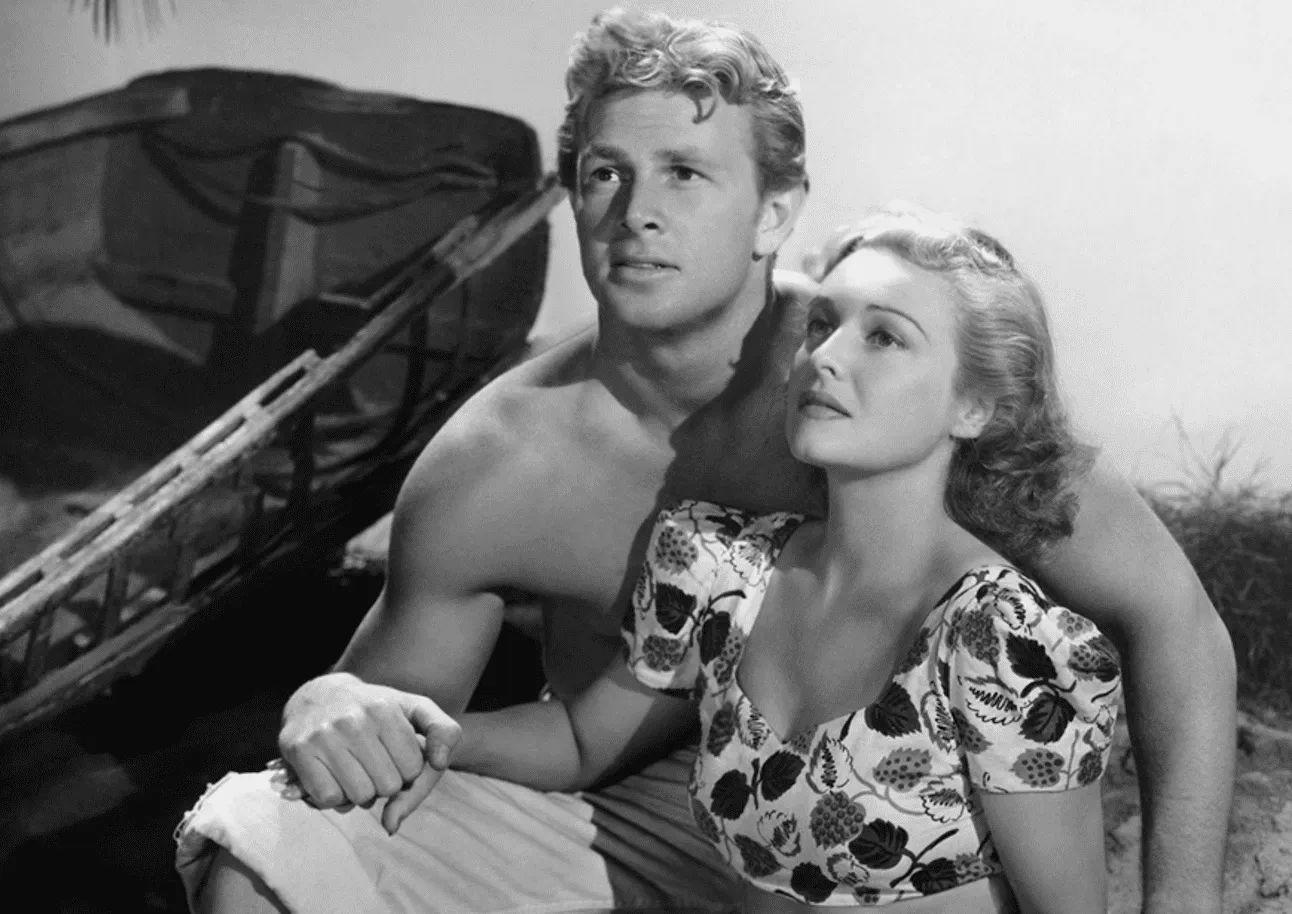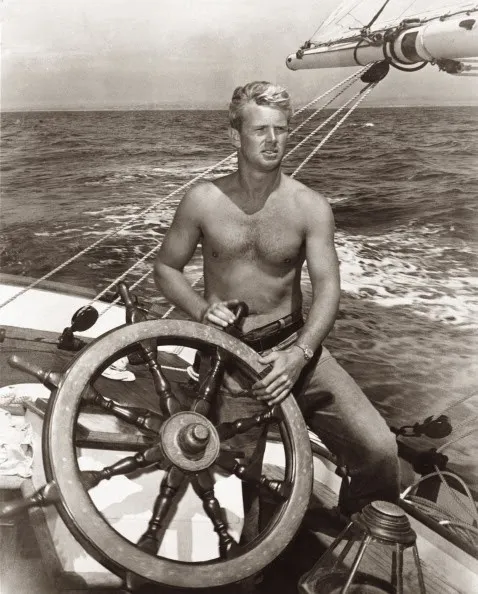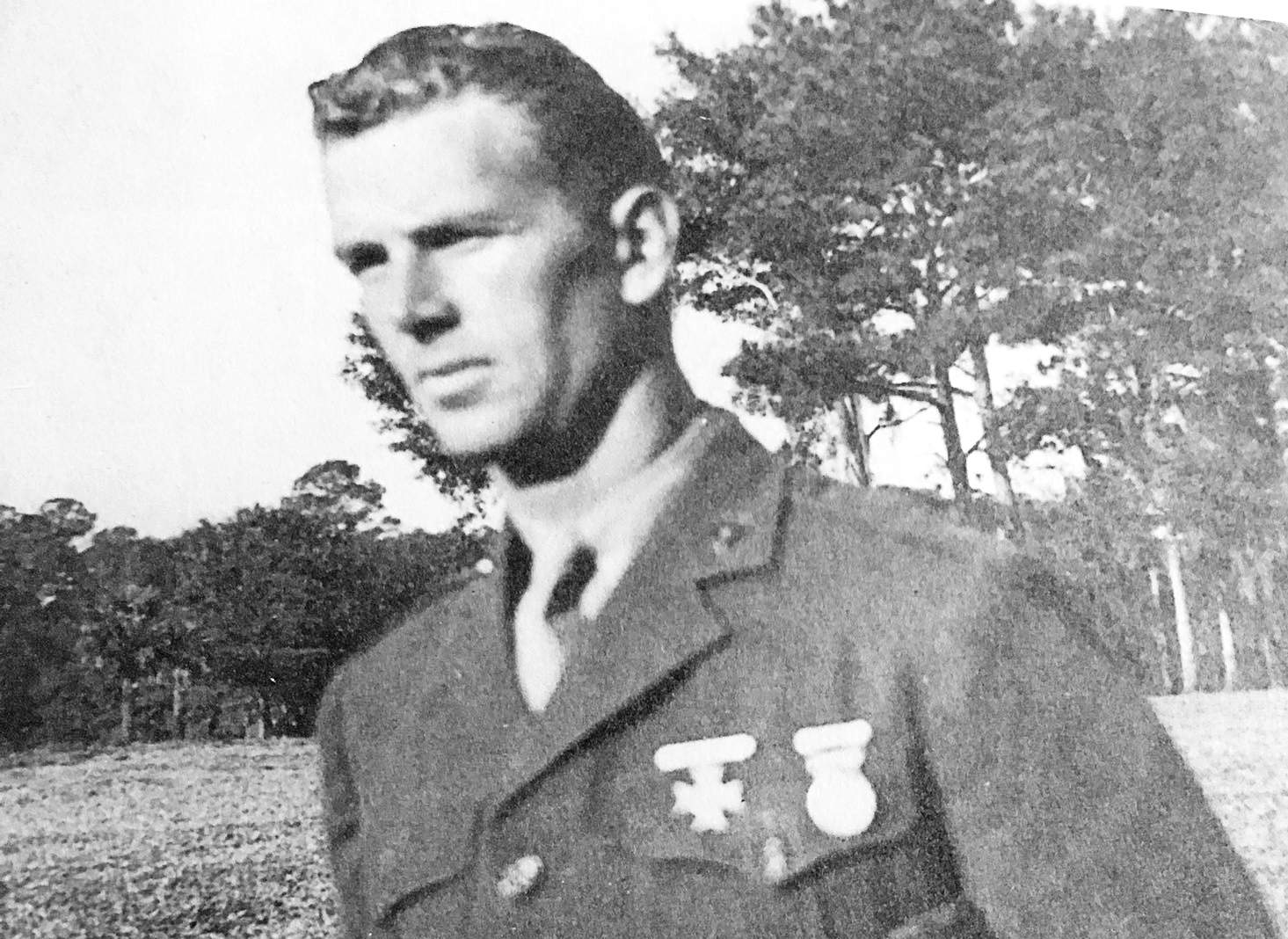Sterling Hayden: The ‘Most Beautiful Man in the Movies’ Was an OSS Spy
Listen to our True Spies Podcast: The Most Beautiful Man in the Movies
Celebrities, by definition, live life out in the open. Spies are happiest in the shadows. But rules are made to be broken - particularly when they involved Hollywood heart-throb Sterling Hayden, once dubbed ‘The Most Beautiful Man in the Movies’.
The American actor, author, sailor, and decorated Marine Corps officer was also an operative for the US Office of Strategic Services (OSS) in WWII - the pre-curser to the CIA.
He viewed acting as a necessary sideline to his career as a spy. Hollywood paid the bills but they didn’t own his heart. That belonged to his wife, starlet Madeline Carroll, and his first love, sailing.
The 6’ 5” athlete took to the high seas at the height of the war, earning his stripes in a series of daring naval missions for the OSS, facing the full might of the German Navy - and a not-so-friendly rivalry with the British Secret Service.

Sterling Hayden, from the high seas to Hollywood
Born in New Jersey in 1916, Sterling was mesmerized by the sea after first setting eyes on it from the piers of New Jersey. “He said, ‘My God, this is the most beautiful stuff I've ever seen.’ And from that point on, he was almost addicted to his vision of a life at sea,” Sterling’s biographer, Lee Mandel, told the True Spies podcast.

Sterling dropped out of high school to work on boats. He skippered a trading schooner in the Caribbean after earning his master's license and by 1937 was serving as mate on a world cruise of the schooner Yankee. At the age of 22, Sterling skippered the square rigger Florence C. Robinson 7,700 miles from Gloucester, Massachusetts, to Tahiti.
While at the annual Fisherman’s Race in Gloucester in 1938, a magazine photographer snapped Sterling Hayden’s picture. It made the cover and Paramount Pictures called to offer a screen test.
“I was completely lost, ignorant, nervous,” Hayden later wrote in his memoir, Wanderer. “But the next thing I knew, Paramount made me a seven-year contract beginning at $250 a week, which was astronomical. I got my lovely old mother and bought a car, and we drove to California... I was so lost then, I didn't think to analyze it. I said, 'This is nuts, but, damned, it's pleasant.' I had only one plan in mind: to get $5,000. I knew where there was a schooner and then I'd haul ass.”
"The brand new social experience where you activate your gaming skills as you train like a spy."
- TimeOut
Take on thrilling, high-energy espionage challenges across different game zones.

Hollywood’s golden boy enlists to fight WWII
Hayden wasn’t swept up by the Hollywood glamor. He found the spotlight uncomfortable and superficial. In his first film, Virginia (1941), he met his future wife, Madeleine Carroll. The couple reunited for Bahama Passage (1941).
Hayden was restless though. He yearned for more. A war was raging in Europe and he was flexing his muscles on make-believe beaches in Hollywood. Sterling enlisted in the US Army and later Marine Corp. Again he was singled out, this time for Officer Candidate School and he transferred to serve as an officer for William J. ‘Wild Bill’ Donovan and the OSS.
Sterling Hayden’s yearning for the open seas and meaningful work was about to be fulfilled but it would be a choppy ride helping partisan fighters bring down the Nazis.

.webp)
Sterling Hayden’s war
His OSS job involved sailing supplies from Italy to partisans in Yugoslavia and establishing aircrew rescue teams in enemy-occupied territory. In one deadly incident, the simmering rivalry between US and British intelligence blew up into a life-or-death showdown.
To find out more, listen to our True Spies Podcast: The Most Beautiful Man in the Movies.
SPYSCAPE+

Join now to get True Spies episodes early and ad-free every week, plus subscriber-only Debriefs and Q&As to bring you closer to your favorite spies and stories from the show. You’ll also get our exclusive series The Razumov Files and The Great James Bond Car Robbery!


Gadgets & Gifts
Explore a world of secrets together. Navigate through interactive exhibits and missions to discover your spy roles.
Your Spy Skills
We all have valuable spy skills - your mission is to discover yours. See if you have what it takes to be a secret agent, with our authentic spy skills evaluation* developed by a former Head of Training at British Intelligence. It's FREE so share & compare with friends now!
* Find more information about the scientific methods behind the evaluation here.


Stay Connected
Follow us for the latest
TIKTOK
INSTAGRAM
X
FACEBOOK
YOUTUBE